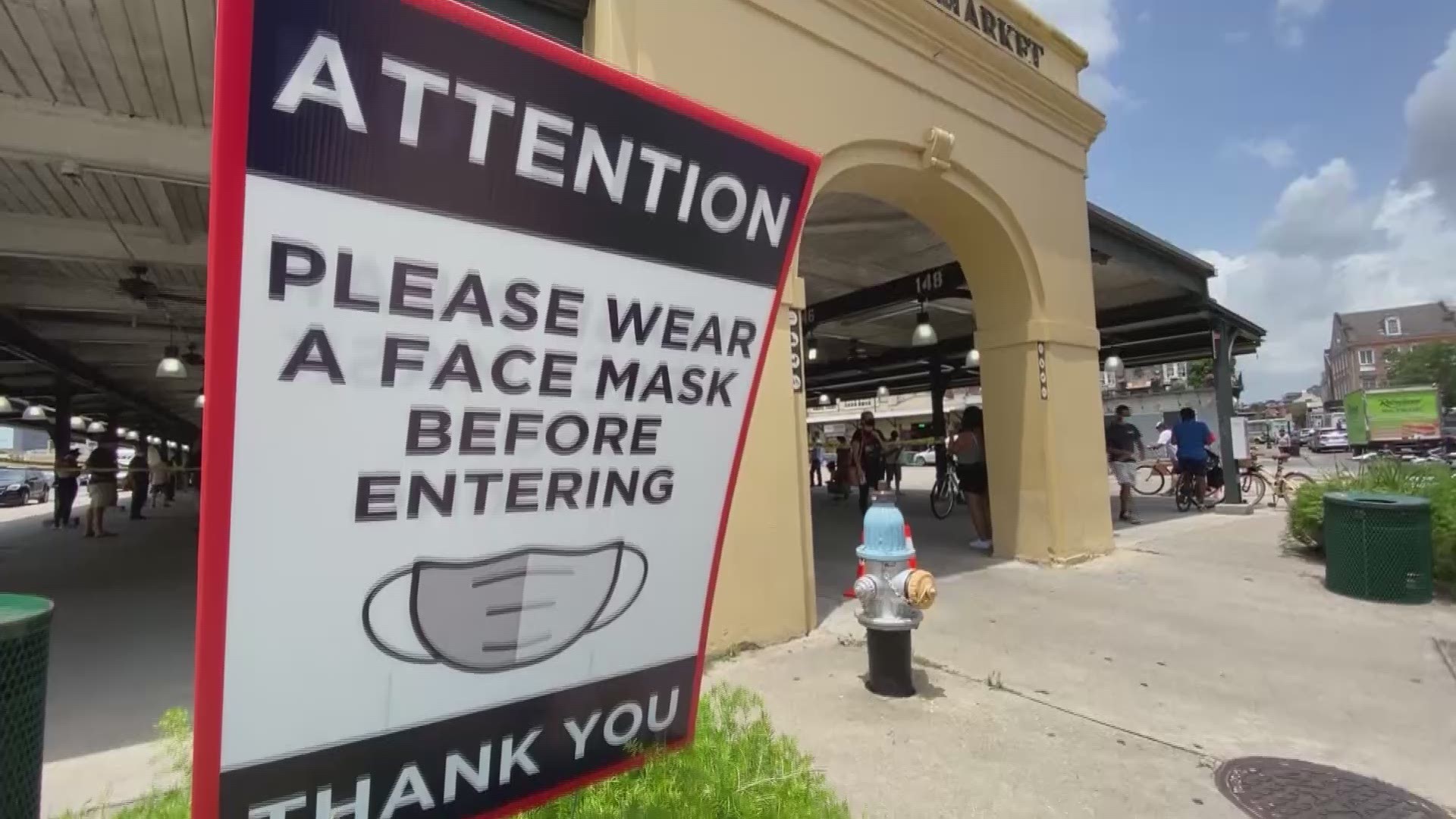Scientists from 32 countries are calling on the World Health Organization to change recommendations about how to prevent the spread of the coronavirus.
They say people are getting infected at indoor social events and workplaces because the virus lingers in tiny particles in the air, especially places with poor ventilation. This makes mask wearing inside even more important, so which masks work and which ones don’t.
Mask recommendations keep changing. The reason is infectious disease doctors are learning more. Droplets in the air appear to be the main way you catch the coronavirus. Much Less likely, although still possible, is by hand contact.
So how effective is each type of mask? For that we turned to infectious disease consultant Dr. Jeffrey Coco.
The N95 and the R95 construction mask are tight fitting and up to 96 percent effective in protecting the person wearing it from inhaling the virus in.
Next the surgical mask is as much as 78 percent effective in capturing virus particles if the wearer is breathing virus particles out.
"If you have this virus, and inadvertently shed and you didn’t even know it, the surgical masks would capture the great majority the infectious particles that you would exhale, if you sneezed, coughed or talked," explained Dr. Coco.
Now to social masks, those are the homemade or fashionable ones. Dr. Coco says they can be 80 to 90 percent effective at preventing the wearer from spreading the virus, but they have to fit closely at all corners and be made with a combination of high quality fabrics.
"Such as cotton-flannel, cotton-silk and even high thread count cotton, seem to be better materials at trapping viral particles and two layers is the minimum number of layers that should be used for being effective."
Be warned though, tying a bandana around your nose and mouth may only provide five percent protection of spreading the coronavirus because it’s not fitted.
And what about face shields?
"So if you had to choose between the two, just the face shield or just the mask, you’d always want to go with the mask because masks protect others around you," he said. "If you want double protection, you would wear a face shield with a mask."
So yes, the shield protects the wearer from catching the virus from being inhaled or getting in the eyes but studies are not out yet showing if it can help the wearer from spreading it to other people.
And one more thing. Physical distancing outside is safer than inside.
"That’s why in the south, we’re seeing a rise. Infectious people are going inside because it’s warm and staying inside because of air conditioning," said Dr. Coco.
And if your mask is not covering both the nose and mouth, it is not giving you protection.

